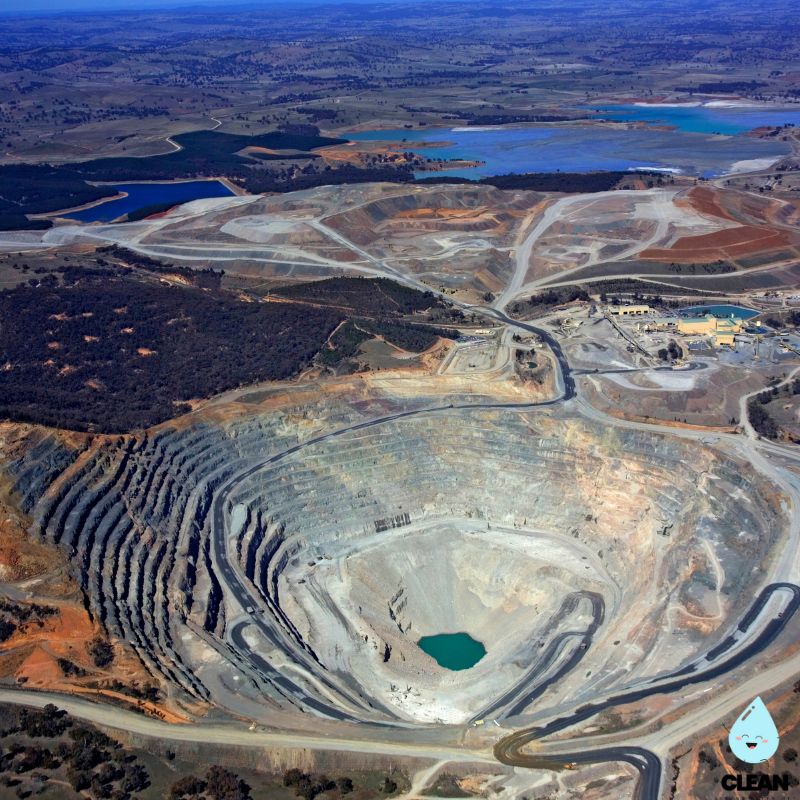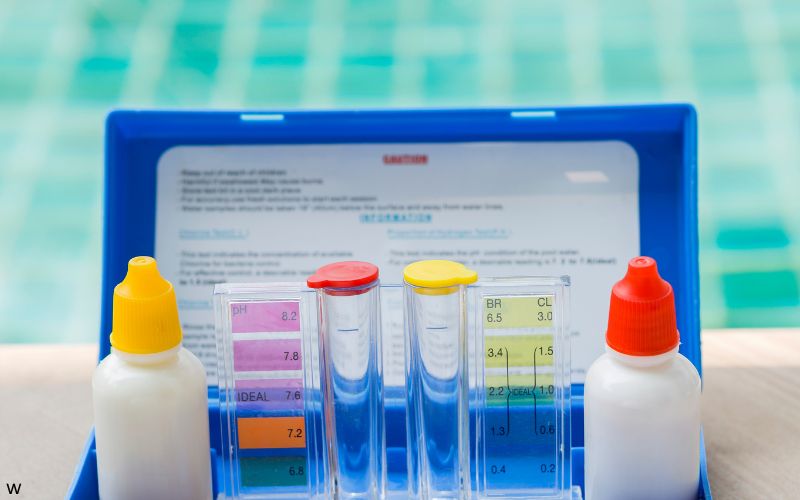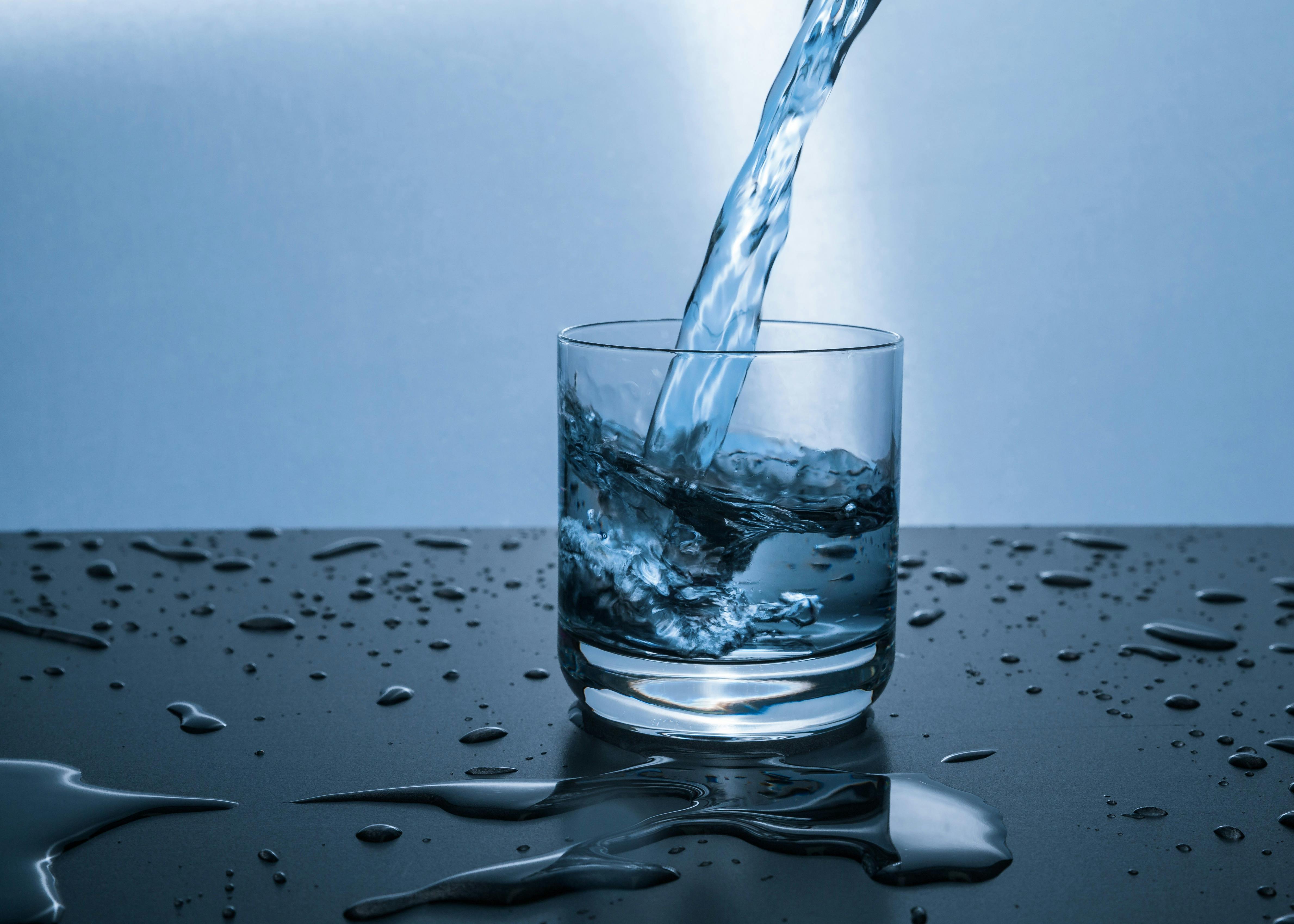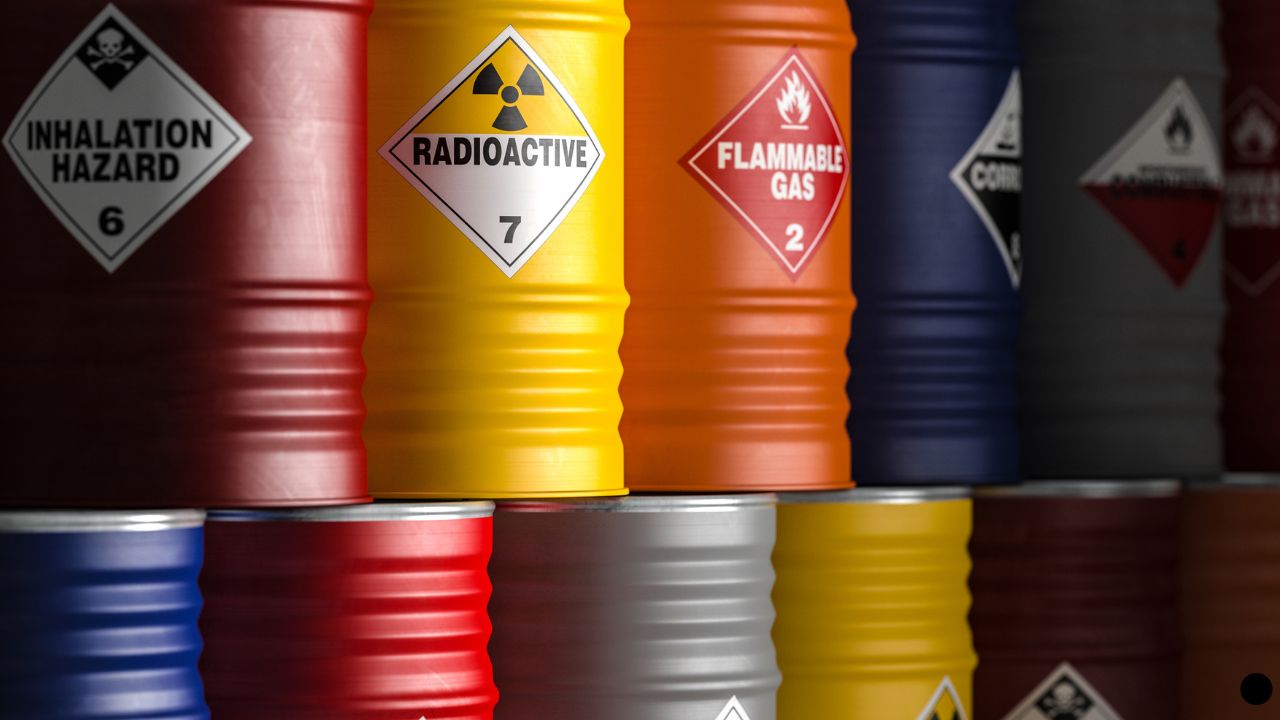Des Moines Water Quality at a Glance
nitrate concerns
Is Des Moines Water Safe to Drink?
Yes, With Seasonal Concerns – Des Moines water meets all EPA standards and is safe to drink. However, the region faces chronic high nitrate levels from agricultural runoff, leading to periodic lawn watering bans when treatment capacity is strained. Additional concerns include disinfection byproducts from chlorine treatment. PFAS levels are relatively low compared to other regions.
⚠️ Key Concerns for Des Moines Residents
- Nitrates: Near record-high levels (15-16 mg/L) in source rivers during 2025, causing treatment capacity issues
- Agricultural Impact: Fertilizer runoff from extensive Iowa farmland creates chronic nitrate contamination
- Disinfection Byproducts: Bromodichloromethane, haloacetic acids, and trihalomethanes from chlorine treatment
- Seasonal Restrictions: Periodic lawn watering bans when nitrate levels exceed treatment capacity
Read the full report below for detailed analysis, city-specific data, and actionable recommendations for Des Moines residents.
Des Moines – Iowa – Water Quality Report 2025: PFAS Testing, Infrastructure Concerns & Safety across your city
Des Moines Water Works (DMWW) provides essential water services to approximately 600,000 residents across the greater Des Moines metropolitan area, including Des Moines, West Des Moines, Urbandale, Windsor Heights, and parts of surrounding communities. As Iowa’s largest water utility and among the top 50 utilities nationwide, DMWW operates three advanced treatment facilities processing water from the Des Moines and Raccoon Rivers through approximately 1,360 miles of distribution lines, maintaining over 80,000 water meters and 10,000 fire hydrants across central Iowa.
Des Moines sources its drinking water primarily from the Raccoon River and Des Moines River, with additional supply from radial collector wells and an infiltration gallery system. Water is treated at three facilities: the Fleur Drive Treatment Plant (75 MGD capacity), the L.D. McMullen Water Treatment Plant at Maffitt Reservoir (25 MGD capacity), and the Saylorville Water Treatment Plant (10 MGD capacity) utilizing advanced membrane technology. DMWW’s water consistently meets federal and state quality standards, though the utility faces ongoing challenges with agricultural runoff contributing to nitrate contamination, requiring sophisticated treatment processes and significant investment in nitrate removal systems to ensure safe drinking water for Iowa’s capital region.

Des Moines Water Quality: Current Status (2024-2025)
Latest Testing Results
- Federal Compliance: Des Moines Water Works maintains compliance with all federal and state drinking water standards, conducting rigorous daily water testing across all three treatment facilities and throughout the distribution system.
- Lead Service Line Program: DMWW has initiated a pilot lead service line replacement program in the King Irving and River Bend neighborhoods, with free replacements available to eligible homeowners as part of preparing for a city-wide replacement project.
- Nitrate Crisis Management: In 2025, the utility faced near record-high nitrate levels (15-16 mg/L) in source rivers, requiring implementation of Stage III water restrictions including lawn watering bans to maintain treatment capacity and federal compliance.
Water Sources
- Raccoon River: Primary source serving the Fleur Drive and L.D. McMullen treatment plants, with additional supply from an infiltration gallery system providing naturally filtered groundwater. Currently experiencing nitrate levels of 15-16 mg/L, well above the 10 mg/L EPA standard.
- Des Moines River: Secondary source serving the Saylorville Water Treatment Plant through radial collector wells, providing system redundancy and supply security. Also experiencing elevated nitrate levels of 12-13 mg/L as of July 2025.
- Source Water Challenges: Both river sources face severe contamination from agricultural runoff including near record-high nitrates, bacteria, sediment, and nutrients, requiring advanced multi-barrier treatment approaches and frequent operation of the Nitrate Removal Facility.
Advanced Treatment Technology
- Fleur Drive Plant: The primary facility with 75 MGD capacity utilizes comprehensive treatment including softening, filtration, disinfection, and operates the Nitrate Removal Facility when needed to meet federal standards. Currently producing treated water at 7-8 mg/L nitrate levels.
- Saylorville Plant: Advanced facility incorporating ultra-filtration and reverse osmosis membrane technology for superior water softening and purification, serving northern Des Moines communities.
- L.D. McMullen Plant: Located at Maffitt Reservoir, this facility treats water from radial collector wells along the Raccoon River, providing naturally filtered groundwater to southwest Des Moines area. Currently producing treated water at 7-8 mg/L nitrate levels.
Infrastructure Modernization
- Nitrate Treatment Innovation: DMWW operates a sophisticated Nitrate Removal Facility with total operating costs of $5.5 million from 2013-2024. In 2024 alone, the facility operated 68 days at a cost of $624,690, and has operated over 70 days as of July 2025 due to persistently high source water nitrate levels.
- Distribution System: Maintaining 1,360 miles of water mains with over 80,000 automated water meters and 10,000 fire hydrants, supported by 7 water storage facilities for pressure stabilization.
- Emergency Preparedness: Enhanced flood protection systems and levees around treatment facilities, plus diversified water sources to maintain operations during extreme weather events.
Customer Protection Initiatives
Des Moines Water Works provides comprehensive customer support through multiple service channels including 24/7 emergency response, free lead testing for concerned residents, and proactive communication about water quality issues. The utility operates customer service at (515) 283-8700 during business hours and maintains transparent communication through regular water quality reports and public notifications. DMWW’s significant investments in nitrate removal technology, membrane filtration systems, and source water monitoring demonstrate its commitment to providing safe drinking water despite challenging source water conditions caused by intensive agricultural land use throughout central Iowa’s watersheds. During the 2025 nitrate crisis, DMWW successfully maintained drinking water safety through strict conservation measures and continuous operation of treatment facilities.
Recommendations for Des Moines Residents

Test for Lead
Contact Des Moines Water Works at (515) 283-8700 or email lead@dmww.com for information about lead service line testing. Residents in older neighborhoods may be eligible for free lead service line replacement through DMWW’s pilot program.

Practice Water Conservation
Support Des Moines Water Works’ conservation efforts by adhering to current lawn watering restrictions, reducing outdoor water use, fixing leaks promptly, and using water-efficient appliances. Conservation is critical during high nitrate periods to maintain treatment capacity and prevent violations of federal drinking water standards.

Consider Home Filtration
While DMWW’s water meets all federal standards, some residents may prefer additional filtration for taste, odor, or to address specific contaminants like disinfection byproducts. Choose NSF-certified filters appropriate for your water quality concerns.

Support Water Quality Advocacy
Engage with local water quality initiatives and support agricultural practices that reduce nitrate runoff. Attend city council meetings and stay informed about watershed protection efforts that affect Des Moines’ source water quality.

Report Water Issues
Contact Des Moines Water Works Customer Service at (515) 283-8700 (8:00 AM-4:30 PM, Monday-Friday) or customerservice@dmww.com for water quality concerns, billing questions, or service issues. Emergency services available 24/7.
Frequently Asked Questions
Is Des Moines’ tap water safe to drink?
Yes, Des Moines Water Works’ tap water meets all federal and state drinking water standards. The utility conducts rigorous daily testing and operates three advanced treatment facilities with multiple barriers to ensure water safety.
DMWW treats water from the Des Moines and Raccoon Rivers using comprehensive processes including softening, filtration, disinfection, and when necessary, nitrate removal. The utility maintains compliance with EPA regulations and provides transparent water quality reporting to all customers. While facing significant challenges from agricultural runoff in 2025, DMWW continues to produce safe drinking water through advanced treatment technologies.
What are nitrates and why are they a concern?
Nitrates are naturally occurring compounds that enter Des Moines’ water sources primarily through agricultural runoff from fertilizers and livestock operations throughout Iowa’s intensive farming regions.
The federal standard for nitrates in drinking water is 10 milligrams per liter, established primarily to prevent methemoglobinemia (“blue baby” disease) in infants. In 2025, Des Moines faced near record-high nitrate levels (15-16 mg/L) in source rivers, requiring continuous operation of the Nitrate Removal Facility and implementation of Stage III water restrictions including lawn watering bans. The utility has invested significantly in treatment technology to manage this ongoing challenge caused by upstream agricultural practices.
Does Des Moines have lead service lines?
Des Moines Water Works has identified some privately-owned lead service lines in older areas of the city and has launched a pilot replacement program in the King Irving and River Bend neighborhoods.
While there is no lead in the water DMWW produces or when it leaves the treatment plants, some older homes may have lead service lines connecting the water main to the home. These are owned by the property owner, but DMWW offers free replacement for eligible homeowners in pilot program areas. The utility has been notifying property owners by mail about their service line material and encourages residents to contact (515) 283-8700 or lead@dmww.com for more information about testing and replacement programs.
What is Des Moines doing about PFAS?
Des Moines Water Works is actively monitoring for PFAS (per- and polyfluoroalkyl substances) and following EPA guidance on these emerging contaminants, commonly known as “forever chemicals.”
DMWW has been proactively monitoring for PFAS for several years and reports that Iowa generally has lower PFAS contamination compared to other states. While some nearby Air National Guard bases have reported PFAS contamination, DMWW continues surveillance monitoring as required by state and federal agencies. The utility is prepared to implement PFAS treatment technologies if needed and continues to monitor developments in EPA regulations for these emerging contaminants that have become a priority for water utilities nationwide.
Quality News About Your Water
Get the comprehensive water quality news coverage you need with our dedicated US Water News Service. From coast to coast, we deliver in-depth reporting and expert analysis on PFAS contamination, EPA regulatory changes, infrastructure developments, and emerging water safety issues affecting communities nationwide. While mainstream media only covers the biggest stories, we provide the detailed, ongoing coverage that helps you understand the full scope of America’s water challenges. Whether you’re a concerned citizen, water professional, or community leader, our daily updates and analytical insights keep you informed about the issues that matter most to public health and environmental safety.
Contaminants of Concern

Nitrates
Source: Agricultural runoff from fertilizer application and livestock operations throughout central Iowa’s intensive farming regions entering the Des Moines and Raccoon Rivers
Health Effects: Primarily concern for infants under 6 months (methemoglobinemia or “blue baby” disease); some studies suggest potential links to certain cancers and developmental issues at elevated levels
Current Status: In 2025, DMWW faced near record-high levels (15-16 mg/L in source rivers vs. 10 mg/L EPA limit), requiring continuous operation of the Nitrate Removal Facility and Stage III water restrictions. Treated water remains at safe levels (7-8 mg/L) through advanced treatment. EPA Limit: 10 milligrams per liter maximum contaminant level

PFAS Compounds
Source: Per- and polyfluoroalkyl substances from industrial processes, firefighting foams, and consumer products that can enter groundwater and surface water sources
Health Effects: Research indicates potential impacts on immune system, thyroid function, cholesterol levels, and possible links to certain cancers; known as “forever chemicals” due to environmental persistence
Current Status: Under proactive surveillance monitoring by DMWW following EPA guidance; Iowa generally has lower PFAS levels compared to other states, with only 12% of water systems statewide exceeding health advisory levels. Some contamination detected at nearby military installations. EPA Limits: New federal regulations established in 2024 for specific PFAS compounds
Please read – our information
The information presented on cleanairandwater.net is compiled from official water quality reports, trusted news sources, government websites, and public health resources. While we strive for accuracy and thoroughness in our presentations, we are not scientists, engineers, or qualified water quality professionals.
Our mission is to present water quality information in an accessible, real-world format that helps people understand what’s in their water and make informed decisions about their health and safety. We believe that complex environmental information should be available to everyone in a format that’s easy to understand.
We make every effort to ensure our content is current and accurate, but we cannot guarantee that all information is complete or error-free. This website should not replace official communications from your local water utility or health department. We always recommend consulting official sources for the most up-to-date information regarding your specific water system.
Clean Air and Water is not liable for any unintentional errors, omissions, or outdated information. The content on this site is provided for informational purposes only and should not be considered professional advice.


